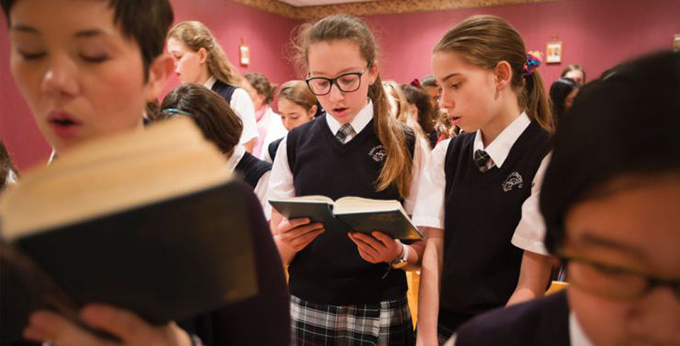
The government has proposed dropping the cap on faith admissions for new and existing free faith schools in England. This would mean that oversubscribed faith schools in this category – those established as new academies, rather than converted from existing council-maintained schools – would no longer have to offer 50% of their places to children from outside their religion.
In practice, this would lead to an increase in the number of faith-based schools in England, and increased faith-based admissions to existing faith schools.
The Department for Education has launched a consultation on these plans, as well as on the proposal to allow new special academies – for children with learning difficulties and disabilities – to have a religious character.
The government is proposing this change as a way to improve school standards. It points out that faith schools are more likely to be rated good or outstanding by Ofsted and have better GCSE results than other schools. But the problem is that this has little to do with the schools themselves, and everything to do with their intake criteria. Faith schools take children who are likely to be higher-attaining or from less disadvantaged backgrounds.
As a researcher, I have spent years studying the impact the school system has on equality and social mobility. I think that faith – as distinct from knowledge of religion – should have no role in schools. It serves as a means of fragmenting the school system, clustering pupils with similar characteristics together. Removing the cap on faith admissions would only make this problem worse.
Grouping students with similar backgrounds together within their own schools, also referred to as segregation, may reduce social cohesion. Evidence suggests that it has a negative effect on pupils’ opportunities and aspirations, and makes attainment gaps – the difference in achievement between richer and poorer pupils – worse.
Mixing religion and education
Unlike the US and some other countries, England does not have a fully secular school system. The explanation for this mix of religion and education is historical.
The 1944 Education Act made schooling free, universal and compulsory for children up to the age of 15. At this time, many existing schools were owned or run by churches (and a few synagogues).
In Victorian times, churches had taken a valuable lead in providing schooling, often in less advantaged areas. It was not possible to ignore this important ownership and contribution when the state-funded system expanded.
Faith schools in England have therefore been allowed to retain a religious character. They make up around one third of all state schools. And they are allowed to give preference to students from families expressing belief in the same religion as the school. They can also give preference to their own-faith applicants for staffing and leadership.
Over time, the range of faiths and the number of faith schools has grown – to include Catholic, Church of England, Jewish, Muslim, Hindu, Sikh, and several ecumenical groups.
These schools inevitably tend to segregate pupils between schools in terms of their religion, and everything that goes with that, including ethnicity, first language, and patterns of poverty. And there is some evidence that middle-class families can fake their level of adherence to a religion in order to gain preferential school admission.
This kind of informal selection process, involving religiosity and socio-economic status, affects results. It means that while faith schools often have better raw-score attainment scores than neighbouring schools, there is no evidence that children actually have better attainment because they attend a faith school. Faith schools simply accept higher-attaining or less disadvantaged students than average for their local areas.
Faith groups run some of the most successful schools in the country.
By lifting the 50% faith cap on free schools, providers will be able to create more good school places and high-quality multi-academy trusts.
Here's everything you need to know ⬇️https://t.co/QkJGVJSGme
— Department for Education (@educationgovuk) May 1, 2024
The government’s proposal is not just about the intake to existing faith schools, but is intended to encourage faith groups to establish new academies. It points out that the Catholic church, for instance, has been less likely to set up new free schools as a result of the 50% cap.
The consultation document also proposes that faith groups should be able and encouraged to open new faith-based special academies (although they do not need to use faith in allocating places) for children with learning challenges and disabilities.
Pupil numbers are set to decline in England over the next decade, but there is still a current, prospective and alarming shortage of teachers. It is clear that creating new schools also creates a demand for extra teachers. So, this proposal by the Department for Education will yield no benefits, will further fracture the school system and ensuing society, and worsen the teacher shortage.
Given the existing issues in education, this is a really odd choice. Instead, the government would be better advised to gradually shift the school system into becoming a fully secular one.
Author Bio: Stephen Gorard is Professor of Education and Public Policy at Durham University
